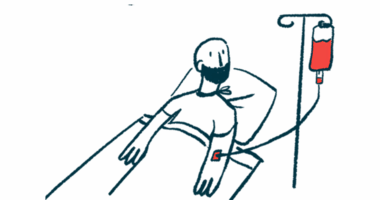How Hemophilia Is Inherited

Hemophilia is a rare disorder where the person is unable to stop bleeding due to a lack of certain blood clotting factors. It’s a genetic disease that’s passed down through the X chromosome. Almost all people with hemophilia are male, however, women can be carriers of the disease.
MORE: Explaining hemophilia carriers.
The likelihood of being born with hemophilia depends on certain factors. Males are born with one X chromosome and one Y chromosome, whereas females are born with two X chromosomes. The disease is passed down if there is a fault on the X chromosome and there are three different inheritance patterns.
If the mother is a carrier:
If the mother is a carrier it’s likely that she may pass down one copy of the X chromosome. There is a 50 percent chance that she’ll pass down the mutated chromosome to her daughters who will become carriers and a 50 percent chance that she’ll pass down the gene to her sons who will develop the disease.
If the father has hemophilia:
Male sperm will either contain an X chromosome or a Y chromosome. Fertilized eggs from X chromosomes will become female and fertilized eggs from Y chromosomes will become male. This means that none of his sons will develop hemophilia because they will inherit their mother’s healthy X chromosome, but his daughters will have a 50-50 chance of becoming carriers of the disease.
If both the mother is a carrier and the father has hemophilia:
In the extremely rare event that both the mother and father have the affected X chromosomes then there is a 50 percent chance that their sons will be born with hemophilia. There will be a 50 percent chance that their daughters will be carriers and a 50 percent chance they will also have the condition.
MORE: Six self-care tips for people living with hemophilia.
Hemophilia News Today is strictly a news and information website about the disease. It does not provide medical advice, diagnosis or treatment. This content is not intended to be a substitute for professional medical advice, diagnosis, or treatment. Always seek the advice of your physician or another qualified health provider with any questions you may have regarding a medical condition. Never disregard professional medical advice or delay in seeking it because of something you have read on this website.






